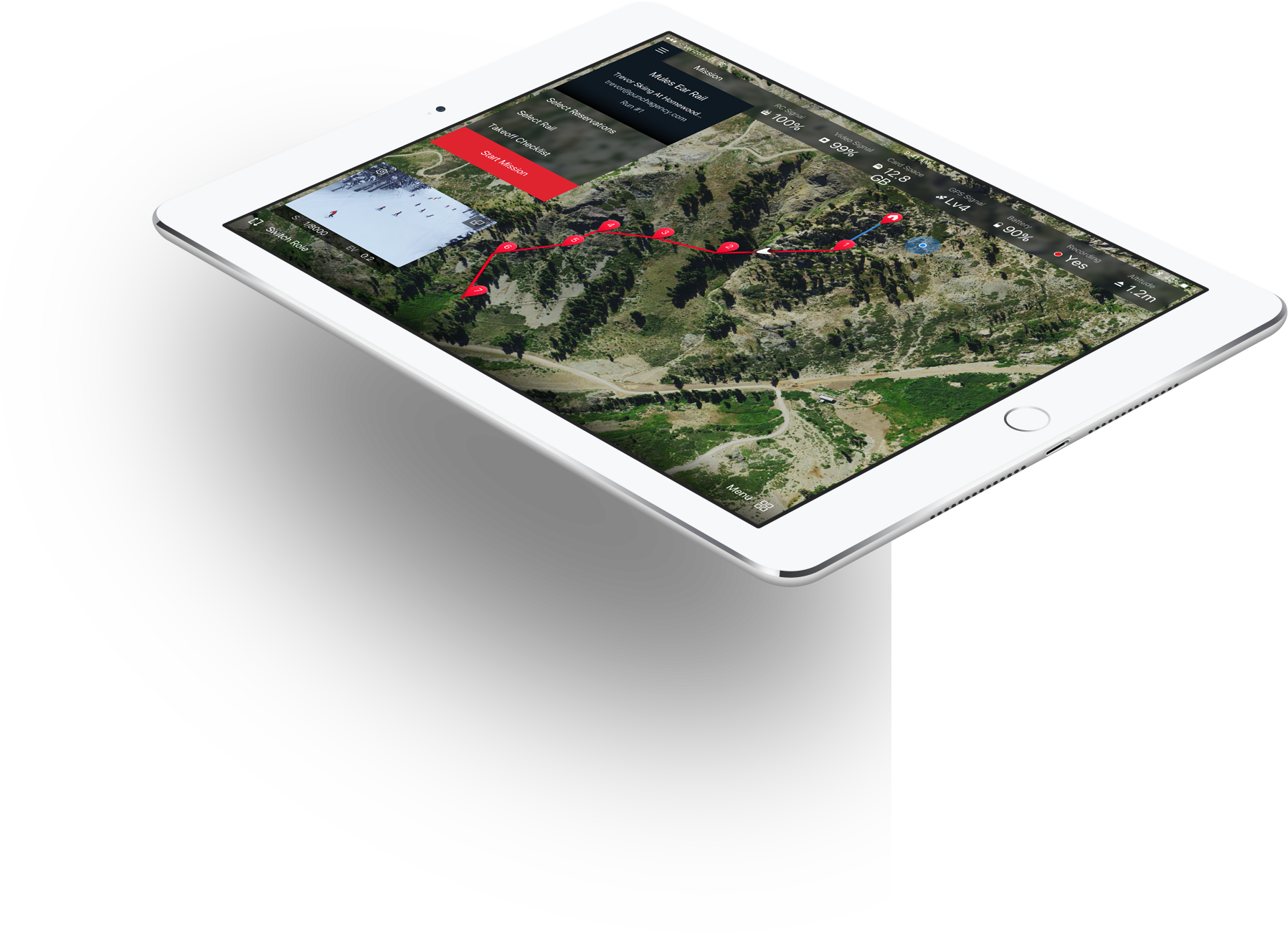Question
What is MVC?
Answer
Model-View-Controller (MVC) is a design pattern for structuring software applications. The MVC pattern separates application logic from the user interface. MVC stands for Model, View, and Controller, the three main components of the MVC application architecture. The Model is a layer between a database and an application that stores business logic related to a specific entity. A View is a visualization of the attached Model state. And controllers are responsible for accepting requests, finding appropriate actions and returning responses back.


